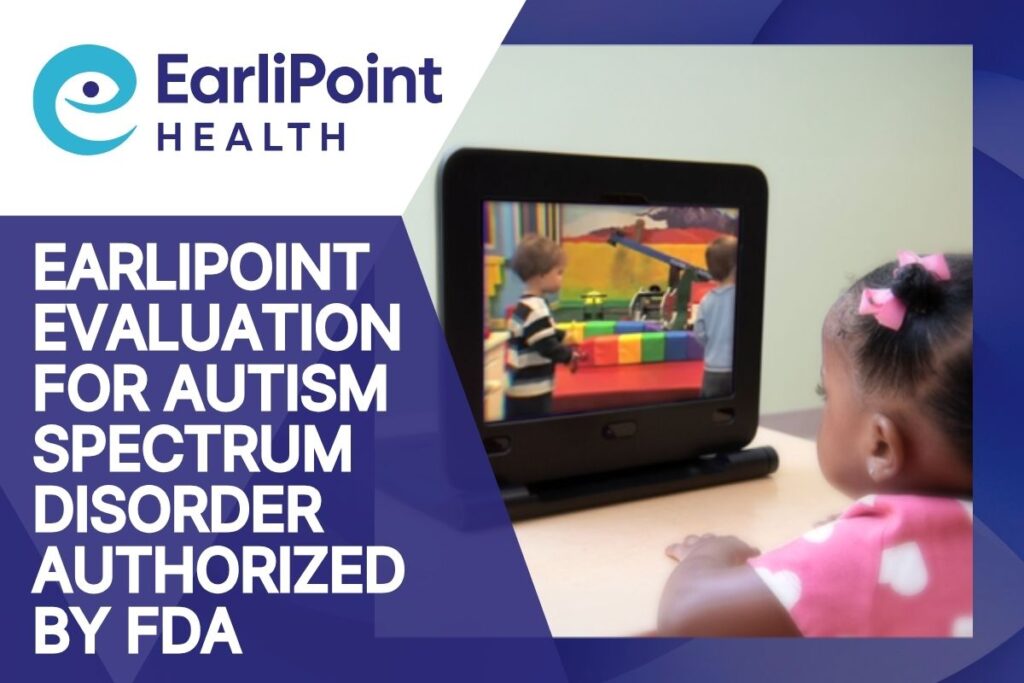Key Takeaways
- Social media allows ABA clinics to connect with families in a personal, trust-building way before they ever reach out.
- Choosing one or two key platforms and posting consistently is better than spreading efforts too thin.
- Content that combines education, community focus, and a human touch resonates most with parents.
- Engagement grows when you invite conversation, respond promptly, and connect with local networks.
For ABA clinics, social media isn’t just a place to post occasional updates—it’s a powerful tool for connecting with families, showcasing your expertise, and building trust before a parent ever picks up the phone.
The right strategy turns your social channels into a consistent source of awareness and client inquiries, while also strengthening your reputation as a caring, knowledgeable, and approachable provider.
Why Social Media Matters for ABA Clinics
Parents often spend significant time on platforms like Facebook and Instagram, scrolling for resources, local recommendations, and community events. For many, these platforms are the first place they see or hear about your clinic—sometimes even before they turn to Google. By using social media intentionally, you position your clinic in the spaces where families already are, offering helpful, relevant content that makes them feel confident reaching out.
Unlike paid ads or search results, social media also allows two-way communication. Parents can comment, ask questions, and see how your clinic interacts with the community, all of which help build trust and familiarity over time.
Choosing the Right Platforms for Your Audience
Not every platform will be a fit for your clinic’s goals. Start with one or two where your target audience is most active. For ABA clinics, Facebook and Instagram are often the most effective because they combine visual content with community engagement features. Facebook’s local group reach is especially valuable for sharing events and resources, while Instagram’s Stories and Reels make it easy to create short, engaging videos.
If you regularly post educational content, YouTube can be a strong long-term channel, and LinkedIn can help you connect with referral partners like therapists, educators, and healthcare providers. The key is consistency—better to post regularly on one or two platforms than sporadically on five.
Creating Content That Resonates with Families
The most effective ABA clinic social media content is a mix of educational, community-focused, and humanizing posts. Parents want to understand your services, see your team in action, and know that you care about more than just enrollment numbers.
Consider sharing:
- Practical tips for supporting skill-building at home.
- Short videos explaining therapy concepts in simple terms.
- Success stories or progress milestones (with consent).
- Behind-the-scenes glimpses of your clinic and team.
- Local resources, events, and nonprofit partnerships.
This type of content positions your clinic as both knowledgeable and approachable, making it easier for parents to see you as a trusted partner in their child’s development.
Encouraging Engagement and Conversation
Social media works best when it’s interactive. Instead of only posting announcements, ask questions that invite comments, run polls about preferred resources or event topics, and respond to every question promptly. Even a quick “thank you” to a comment can encourage more conversation and signal to potential clients that you value connection.
You can also boost engagement by tagging partner organizations, sharing posts from local events, and using location-based hashtags. These tactics help your content reach new families in your community.
Maintaining Consistency Without Burning Out
One of the biggest challenges for clinics is maintaining a steady posting schedule while managing day-to-day operations. Planning content in monthly batches, using scheduling tools, and repurposing longer content into smaller pieces can help you stay consistent without it becoming overwhelming.
For example, a blog post about “Preparing for a Child’s First ABA Session” can be broken into a series of posts, short video tips, and an Instagram Story Q&A. This keeps your content pipeline full while ensuring every post supports your clinic’s goals.
Measuring the Impact of Your Social Media Efforts
Tracking your results helps you understand what’s working. Pay attention to engagement metrics like comments, shares, and clicks, as well as website visits from social channels. If certain post types consistently perform better—such as client success stories or video tips—adjust your strategy to include more of that content.
Over time, you’ll find the sweet spot where your social media is both manageable and highly effective at attracting new families.
FAQs
Which social media platforms should my ABA clinic use?
Facebook and Instagram are often the most effective for reaching parents, while LinkedIn can help with professional networking and referrals. Choose the platforms where your audience is most active.
How often should my clinic post?
Consistency is more important than frequency. Posting two to three times per week on your chosen platforms is a good starting point, as long as you maintain quality and engagement.
Do I need to use paid ads on social media to see results?
Paid ads can speed up growth, but organic posting and engagement are still powerful when done strategically. Many clinics see strong results from consistent, helpful content without relying heavily on ads.




